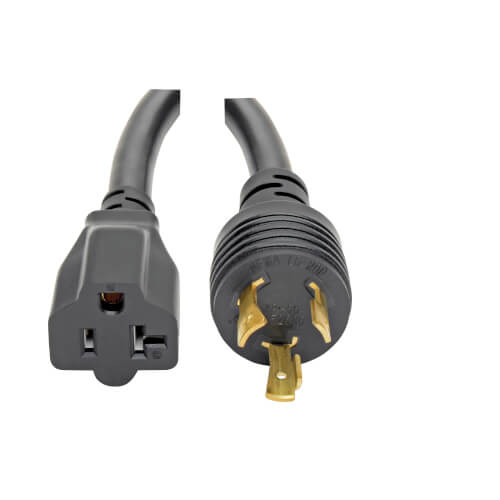Hi Friends,
Drove home to NJ this weekend, and noticed my in-laws have this plug in their yard, that they plug their pool filter into. Is there an adapter for this, and will it even charge the car? Thanks.

Drove home to NJ this weekend, and noticed my in-laws have this plug in their yard, that they plug their pool filter into. Is there an adapter for this, and will it even charge the car? Thanks.



